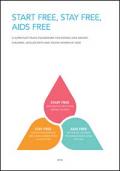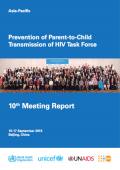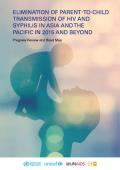Publications on Children

Resource | Reviews and Snapshots,
This Regional Review provides a description and assessment of laws, policies and practices within the ASEAN region related to trafficking in persons (TIP) – with a particular focus on the identification, management and treatment of victims of trafficking in persons, especially women and children.
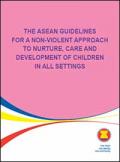
Resource | Guidelines,
The Regional Plan of Action (RPA) on Elimination of Violence against Children (EVAC) and the ASEAN Guidelines for a Non-violent Approach to Nurture, Care and Development of Children in All Settings (hence onwards shall be known as the ASEAN Guidelines, or Guidelines) are both pertaining to the elimination of violence against children. This Guidelines complements the ASEAN RPA on EVAC which serves as a blueprint or roadmap for AMS. The RPA is at the “macro” level, while the Guidelines is at the “micro” level i.e. the seven settings.
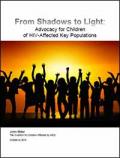
Resource | Publications,
For many years now, the children of HIV-affected key populations—sex workers, transgender people, people who use drugs, and gay men and other men who have sex with me—have remained in the shadows, figuratively tucked behind their parents’ legs, out of sight. A broad alliance of community groups, NGOs and funders is emerging to bring these children into the light.
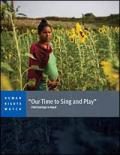
Resource | Publications,
In interviewing dozens of children and young people, Human Rights Watch learned that child marriages result from a web of factors including poverty, lack of access to education, child labor, social pressures, and harmful practices. Cutting across all of these is entrenched gender inequality, and damaging social norms that make girls less valued than boys in Nepali society.

Resource | Publications,
Prevalence rates of child marriage and early child-bearing have been declining across India over the past two decades, but absolute numbers remain high. This paper uses data collected from 3,000 children over 15 years in Andhra Pradesh and Telangana by Young Lives, a longitudinal study of childhood poverty, to provide an evidence base from which to strengthen policy and programming in this area.

Resource | Fact Sheets,
Background:
- Comprehensive PMTCT service started in Nepal in February 2005.
- Community-based PMTCT (CB-PMTCT) program is expanded in 55 districts (Global Fund: 32 districts, UNICEF: 14 districts and GoN: 9 districts) where HIV screening and counseling is done among every ANC visitors at the district.
- Free ARV drugs are available from 65 ART sites in 59 districts from where HIV-positive mothers can receive treatment.
- Early Infant Diagnosis (EID) service is available for babies born to the HIV-positive mothers.






